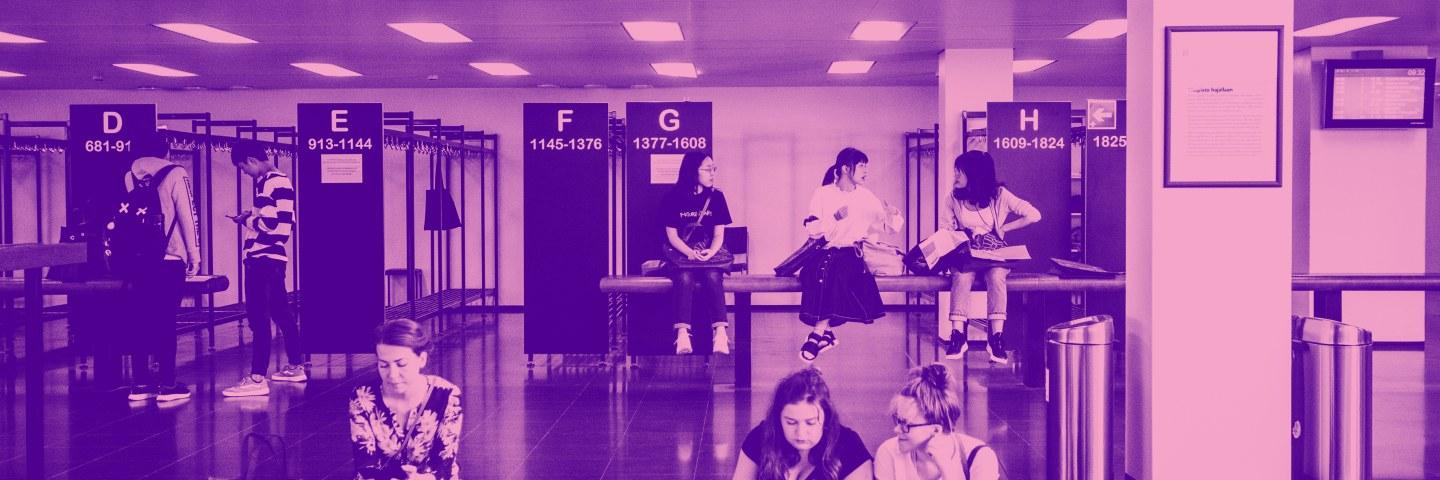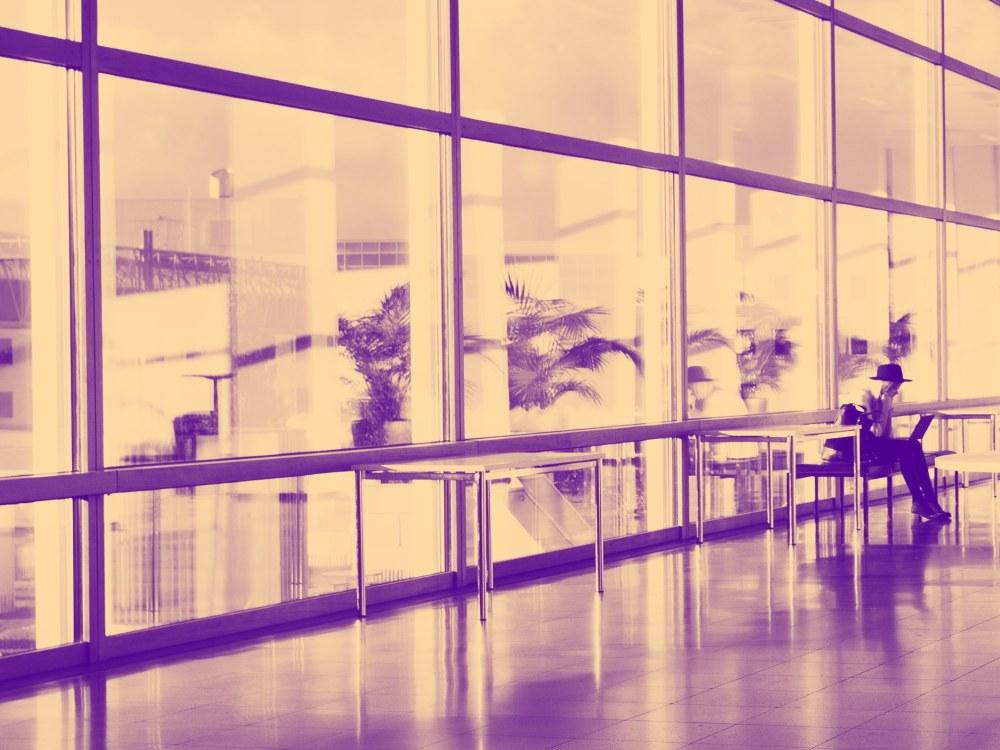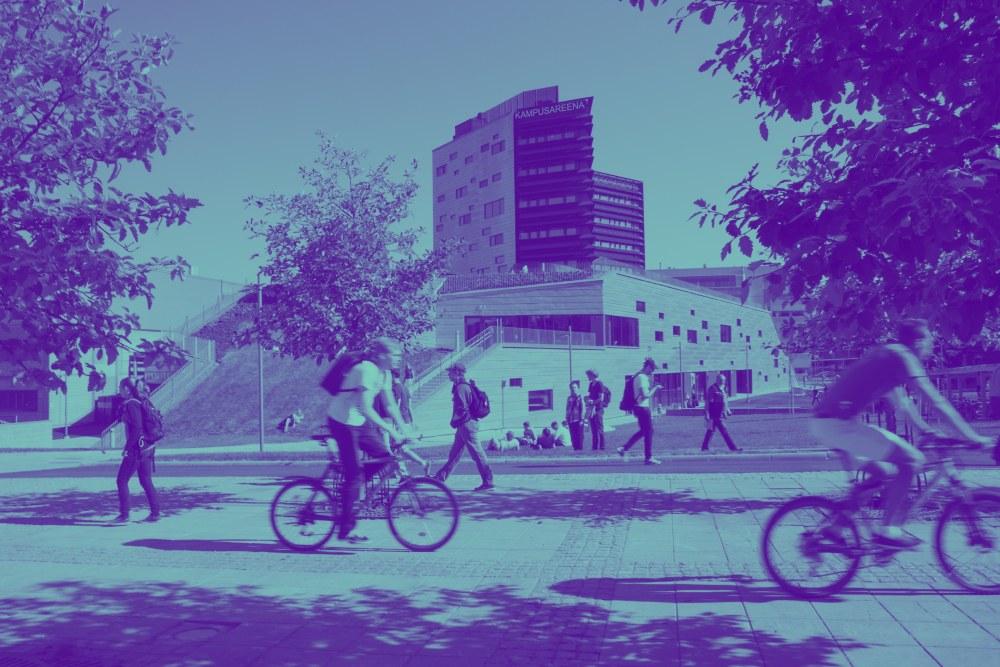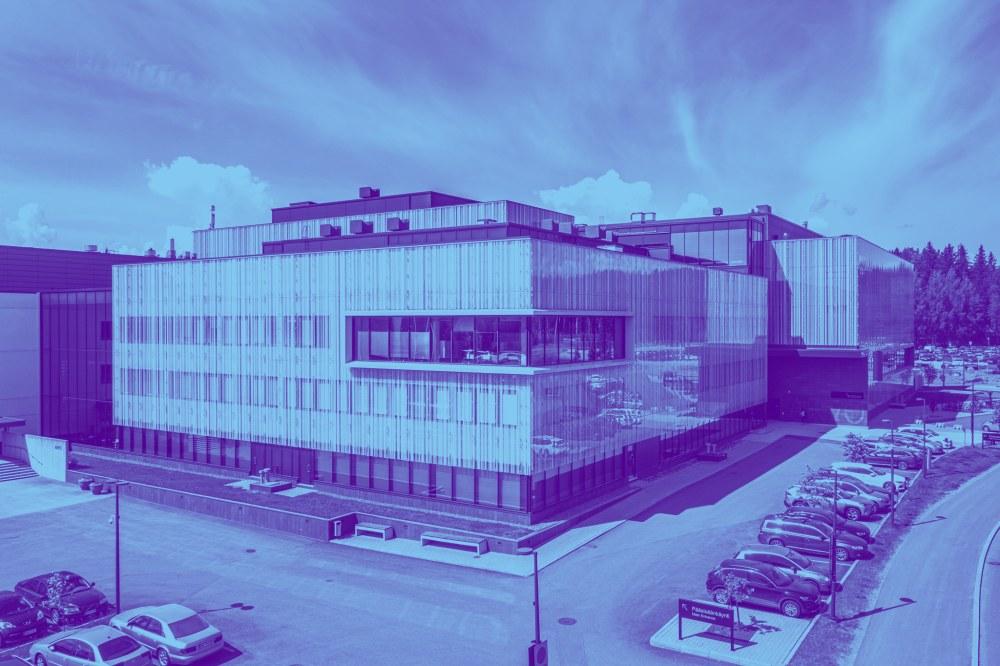
We develop our campuses
Efficient Everyday Life on Three Campuses - Facilities Programme for the Years 2022-2030
During the years 2022-2030, Tampere University will develop its facilities and space utilization in alignment with the goals set by the Campus Development Strategy and the Facility Program, while also harmonizing them with the needs of functions and units located within the buildings. The measures taken at the City Centre Campus, Hervanta Campus, and Kauppi Campus will address the future operational requirements of the university, promote responsible space utilization, densify space usage, reduce space-related costs, and support the vitality of the community.
Through the measures outlined in the Facilities Programme, the university's leased spaces will decrease by approximately 41,000 square meters, which accounts for roughly 20% of the total. Approximately 40,000 square meters of space will be developed for the university's continued use.
In addition to physical space changes, the university will also reshape its approaches to space utilization, promote shared use of spaces, and enhance its digital systems to support space usage and facilitate smooth day-to-day operations.
City Centre Campus
In the City centre campus, spaces and space utilization are being developed in Pinni B, Linna, and Päätalo. In the City Center Campus, Pinni A and Virta buildings will be relinquished.

Hervanta Campus
The renovation of Sähkötalo is being implemented on the Hervanta campus. In addition, spaces and space use are being developed in Tietotalo and Rakennustalo, as well as in the parts of Konetalo and Festia that will remain in use. Festia and Konetalo are partially relinquished.

Kauppi Campus
At the Kauppi campus, spaces and space utilization are being developed in the Arvo buildings. The goal in Kauppi is to partially relinquish the Arvo 1 building.

Campus development strategy 2020-2030
The campus development strategy, formed based on the current state analysis of campus development, guides the direction of campus development and practical action plans. The goal of the campus development strategy is to create environments that support a functional daily life on campus.
Learn more about the campus development strategy on our website
The current state analysis of campus development
The current state analysis of campus development published in spring 2019 provides guidelines for future development work. During the spring of 2019, extensive information was collected on campus facilities, operations, operating environments, and actors.
Campuses as a platform for co-operation and building an ecosystem
Cooperation
The operating environments foster cooperation both within the community and with the business world, and the public and third sectors. They create a platform for co-operation and building an ecosystem.
The opening up of facilities to the surrounding society
The opening up of facilities to the surrounding society supports the vitality and internationalization of research, innovation and development activities.
Modern campus environments
Up to date campus environments that support the Universities’ actions are a significant factor influencing the competitiveness and attractiveness of the Universities community both domestically and internationally.
Responsibly for the benefit of the environment and community
Social and cultural responsibility
Accessible jointly used spaces that change according to the users’ work methods foster the community spirit and the multicultural, equal encounters between fields of science.
Ecological responsibility
According to national climate goals, the Ministry of Education and Culture expects higher education institutions to also take action. The goal of the Tampere Universities’ community is to be carbon neutral by 2030. By 2030 and as part of fulfilling this goal, the number of the community’s facilities will be decreased by 25 percent from the level they were at in 2019.
Economic responsibility
Adaptable jointly used facilities and the development of operations supporting them enable a more efficient use of the facilities and a better occupancy rate. Facilities with duplicate functions may also be abandoned and used in a manner that meets the user needs better. In the long run, this will yield economic benefits.

Campus development solutions support the goals and activities of the university community
Five-year strategic project
Campus development is one of the university’s five-year strategic projects. The project focuses on the development of campus environments that promote synergy benefits and strategies for the university community, with the goal of a three-campus area that supports a functioning campus sheet.
Developing campuses

